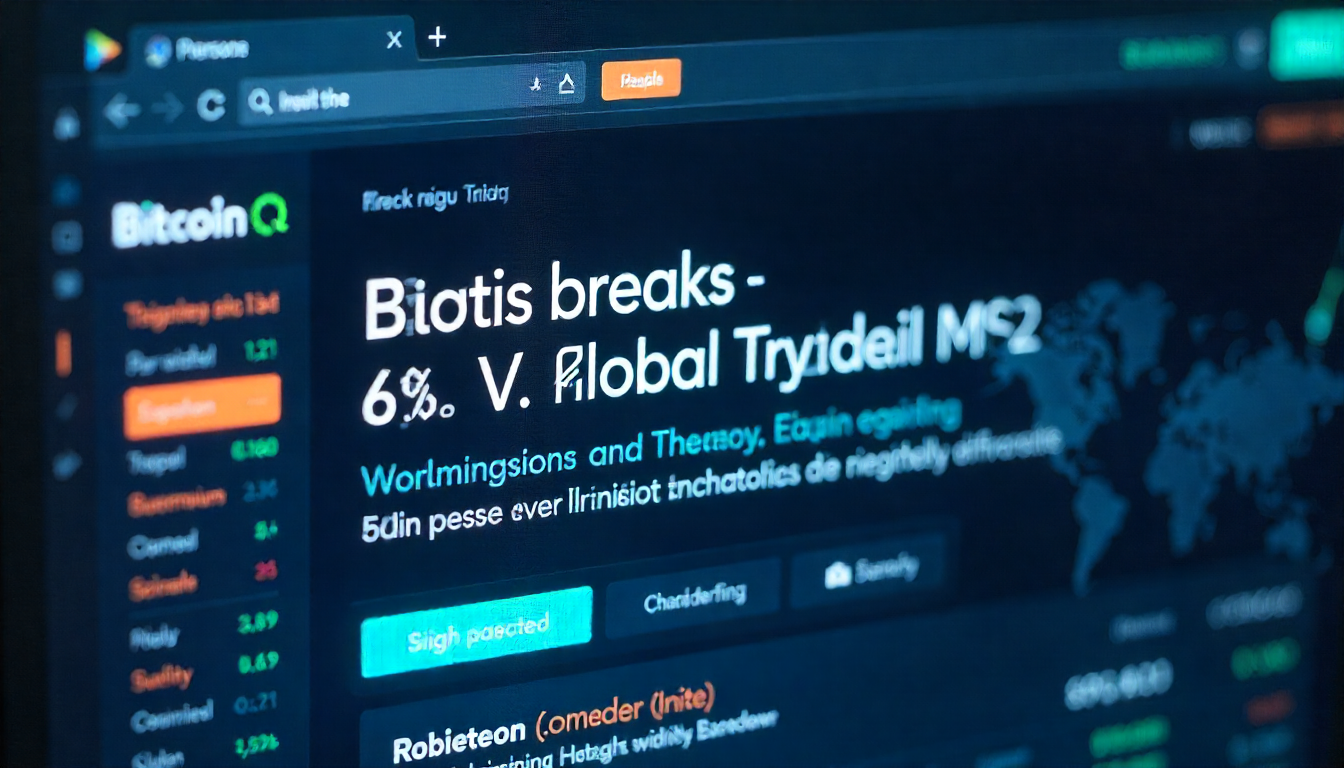Bitcoin’s ongoing price surge may intensify as China’s financial market experiences a meltdown, according to a crypto watcher.
As capital continues to flee China, Bitcoin and other alternative assets could see a surge in demand as investors seek refuge.
The start of the new year has brought no respite for Chinese assets, which remain in decline amid an economic meltdown that could further propel the ongoing Bitcoin (BTC) rally.
On Tuesday, the Chinese yuan (CNY) fell to 7.32 per U.S. dollar, the weakest level since September 2023, according to TradingView data. The yuan has dropped 0.4% this month, continuing a three-month downward trend, despite the People’s Bank of China (PBOC) attempting to calm investor concerns over potential U.S. tariffs under President-elect Donald Trump.
On Monday, the CSI 300, a major Chinese stock index, reached its lowest point since September. Likewise, the ChiNEXT Index, which tracks innovative and high-growth small- and medium-sized businesses, has fallen by 8% since the end of December, according to TradingView data.
The yield on China’s 10-year government bonds has also fallen to 1.6%, a stark 100-basis-point drop from last year. This decline is in sharp contrast to the rising yields in advanced economies such as the U.S., and signals mounting worries over the worsening deflationary environment in China.
These factors may drive capital outflows from the country, potentially boosting demand for alternative investments like Bitcoin, according to LondonCryptoClub.
“China appears to be allowing its currency to devalue, which will likely accelerate capital outflows. We’re already seeing pressure on Chinese stocks, and Bitcoin could be a key beneficiary of these outflows, especially given the capital controls in place that make it difficult to move money out through traditional channels,” the founders of LondonCryptoClub said to CoinDesk. “When China devalued the yuan in 2015, Bitcoin’s price quickly soared by over three times.”
The PBOC has so far relied on the daily reference rate and other liquidity measures to manage the yuan’s decline, rather than directly intervening in the market. On Monday, the PBOC set the daily reference rate stronger than the important 7.20 per USD level, attempting to counter negative expectations about the yuan. This reference rate has been a key tool for managing the market’s outlook since Donald Trump’s election in 2016.
Meanwhile, the PBOC has taken steps to tighten liquidity in the offshore yuan market. The overnight interbank interest rate in Hong Kong surged to 8.1%—its highest since June 2021—further indicating the central bank’s efforts to stabilize the currency.
That said, Bitcoin investors need to remain alert for any direct intervention from the PBOC, particularly if the central bank begins selling dollars to support the yuan. This could lead to a rise in the U.S. dollar index, which could potentially limit the upside in dollar-denominated assets like Bitcoin.
When the PBOC sells U.S. dollars to bolster the yuan, it buys greenbacks from other currencies, which stabilizes the dollar’s share in China’s reserves. This could lead to financial tightening, impacting risk assets like Bitcoin.
The U.S. dollar index has already risen from around 100 to 108 in the past three months, following the upward trend in Treasury yields. Continued strength in the dollar could dampen the appetite for riskier assets, including Bitcoin.
Share this content:













